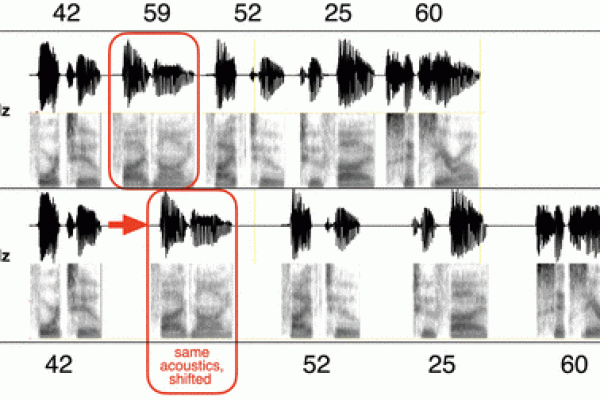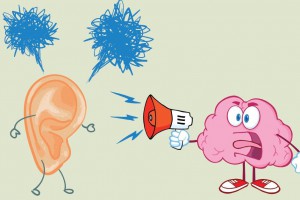Acoustically Driven Cortical δ Oscillations Underpin Prosodic Chunking | eNeuro
Oscillation-based models of speech perception postulate a cortical computational principle by which decoding is performed within a window structure derived by a segmentation process. Segmentation of syllable-size chunks is realized by a θ oscillator. We provide evidence for an analogous role of a δ oscillator in the segmentation of phrase-sized chunks. We recorded magnetoencephalography (MEG) in humans, while participants performed a target identification task. Random-digit strings, with phrase-long chunks of two digits, were presented at chunk rates of 1.8 or 2.6 Hz, inside or outside the δ frequency band (defined here to be 0.5–2 Hz). Strong periodicities were elicited by chunk rates inside of δ in superior, middle temporal areas and speech-motor integration areas. Periodicities were diminished or absent for chunk rates outside δ, in line with behavioral performance. Our findings show that prosodic chunking of phrase-sized acoustic segments is correlated with acoustic-driven δ oscillations, expressing anatomically specific patterns of neuronal periodicities.





Related Posts